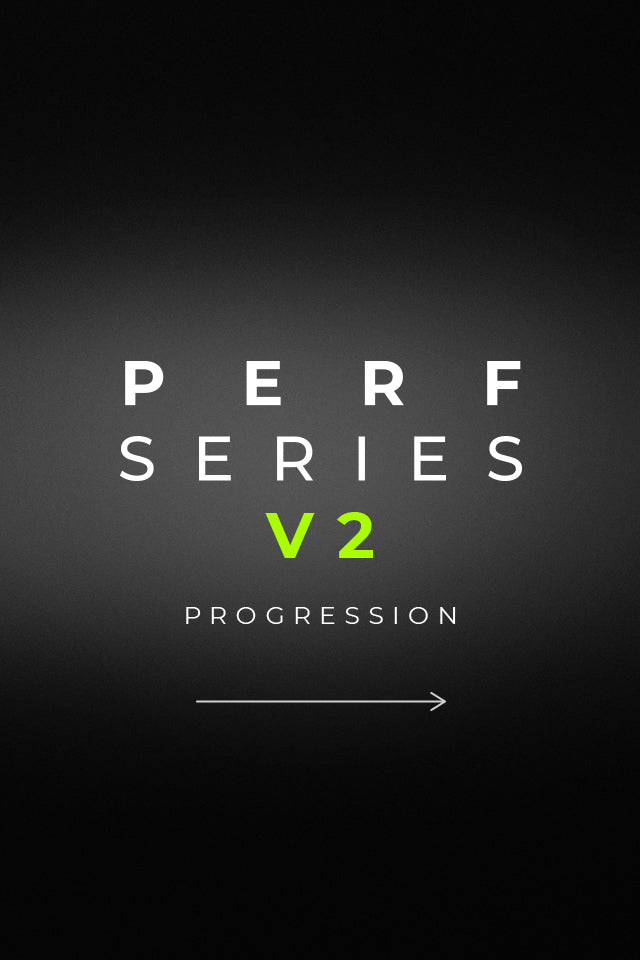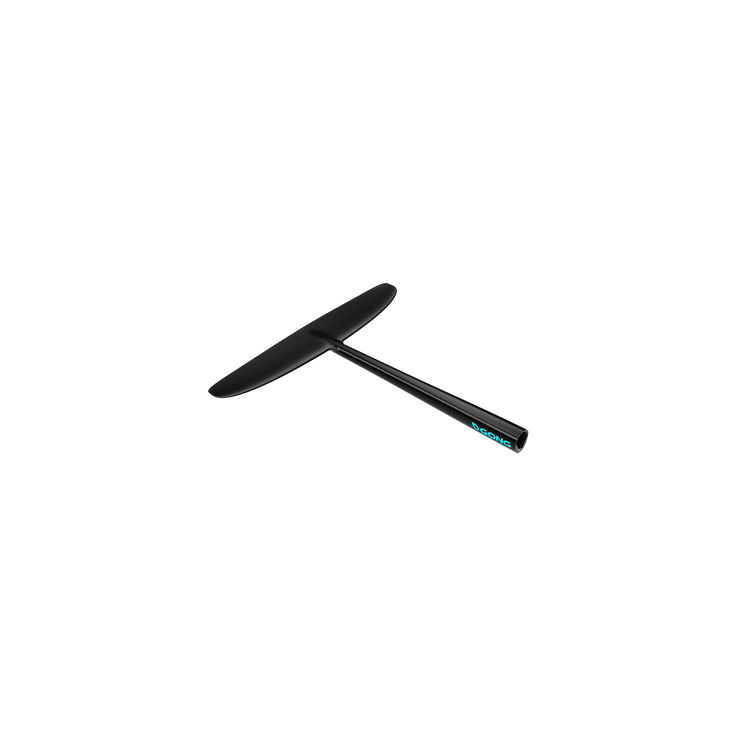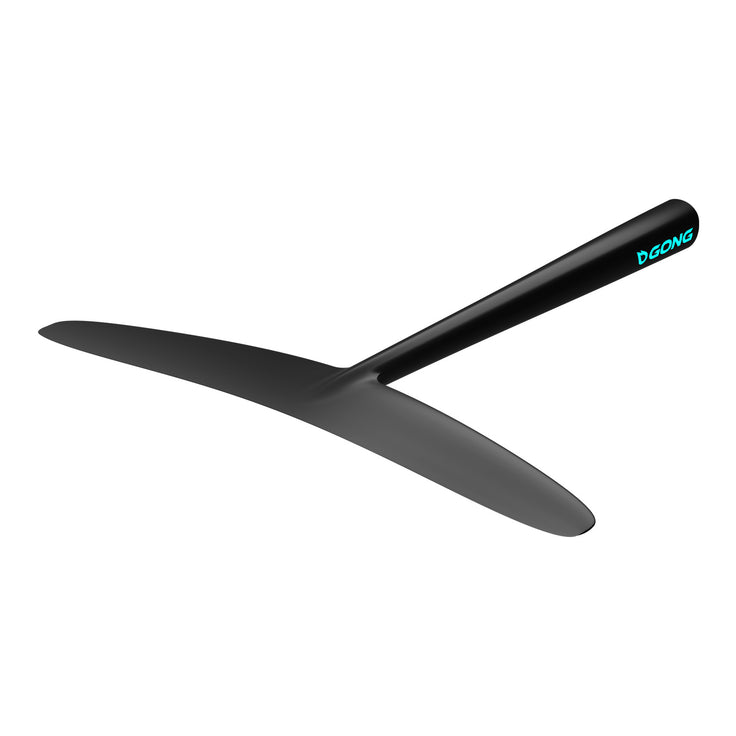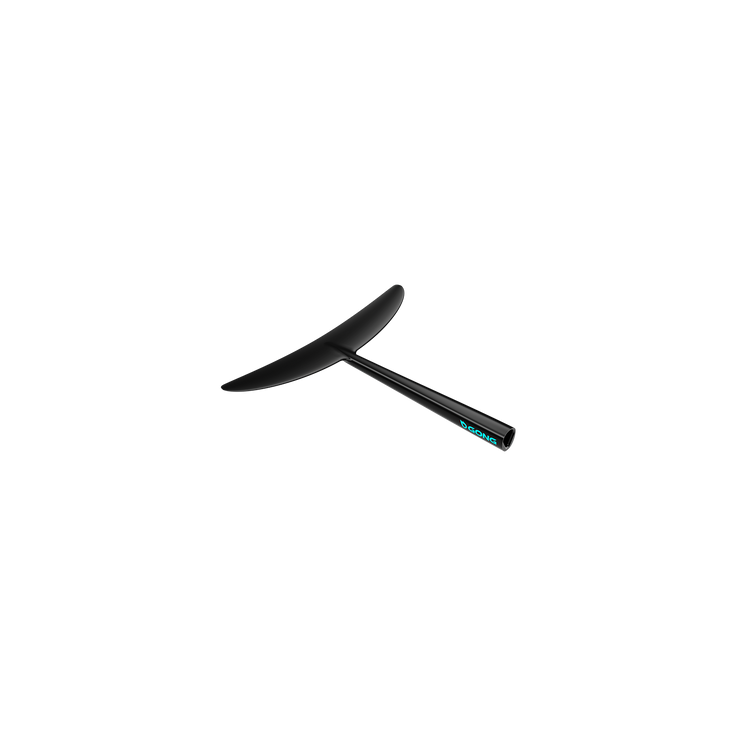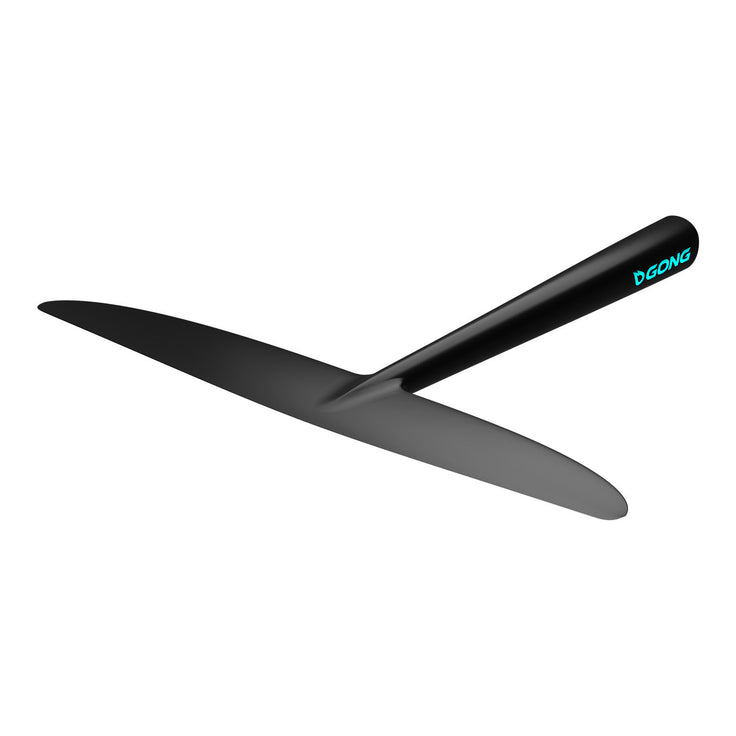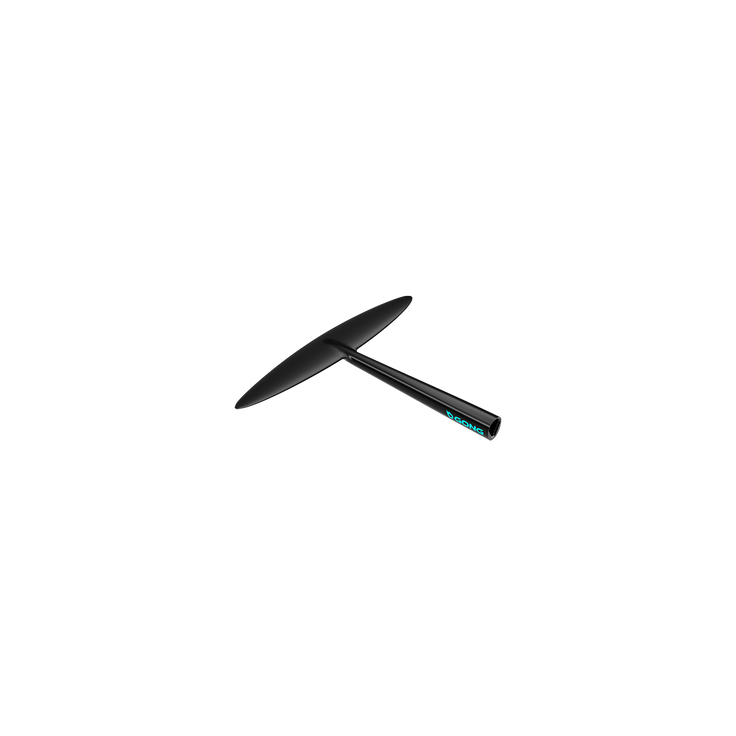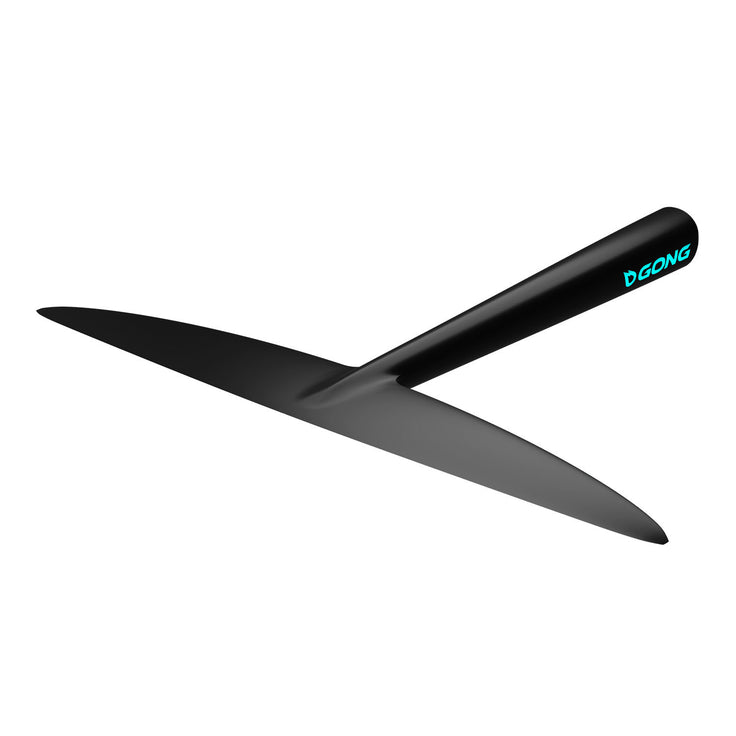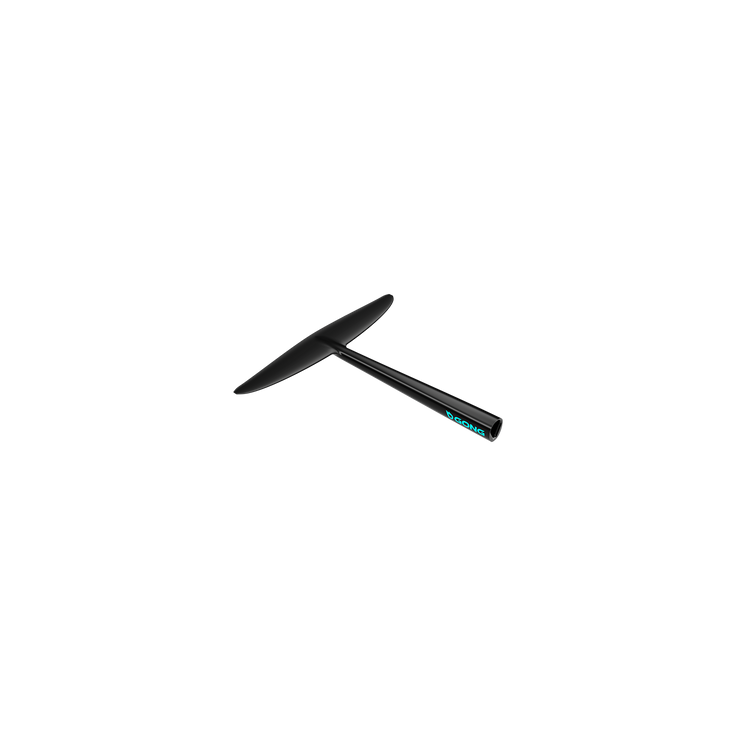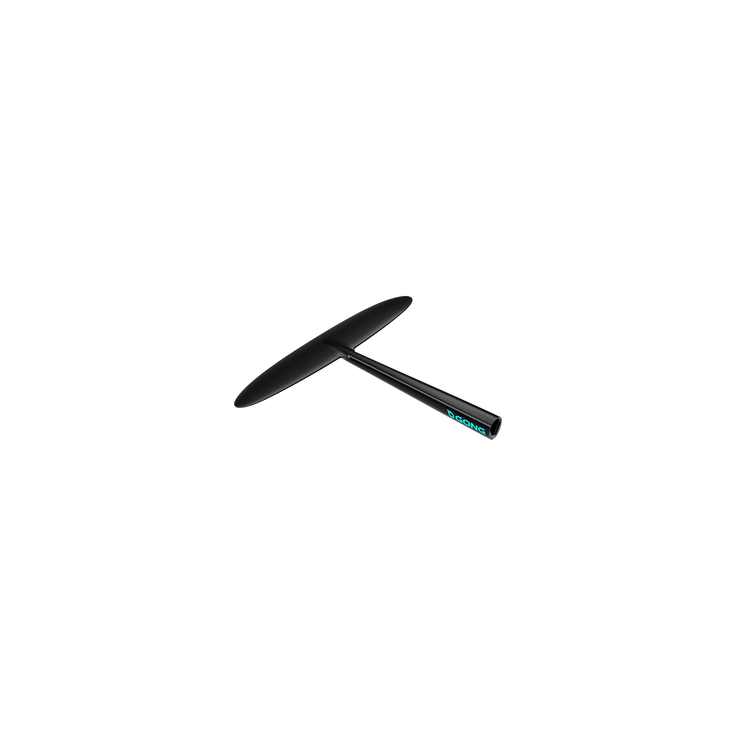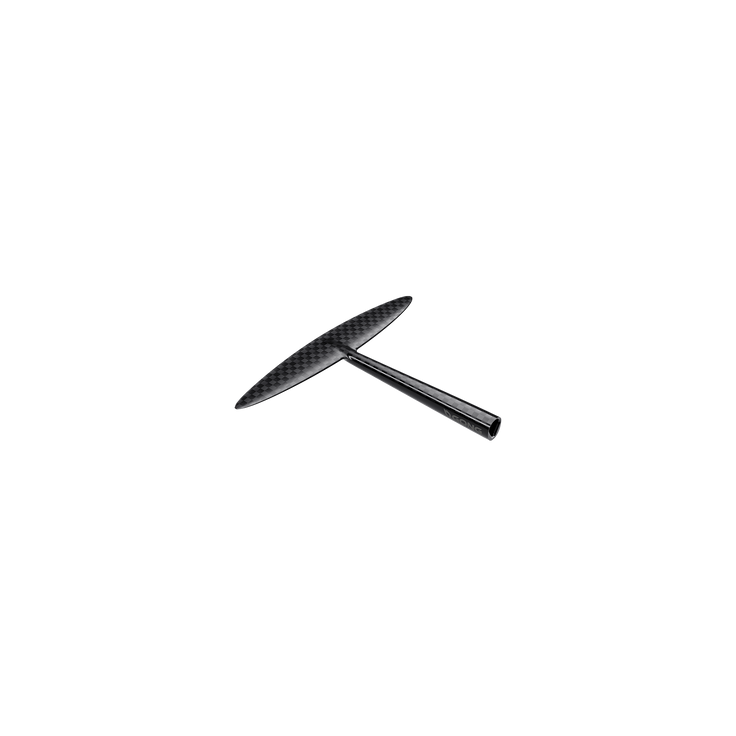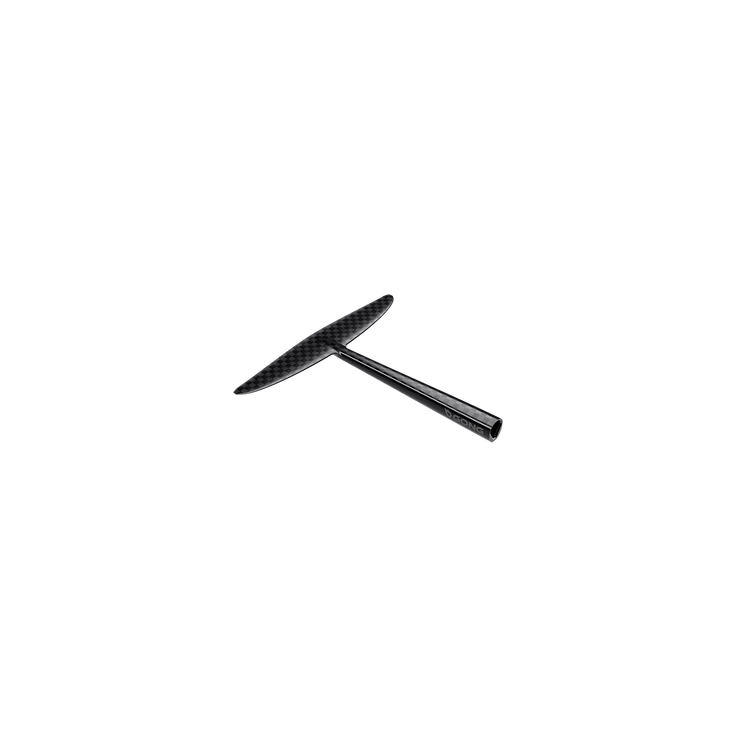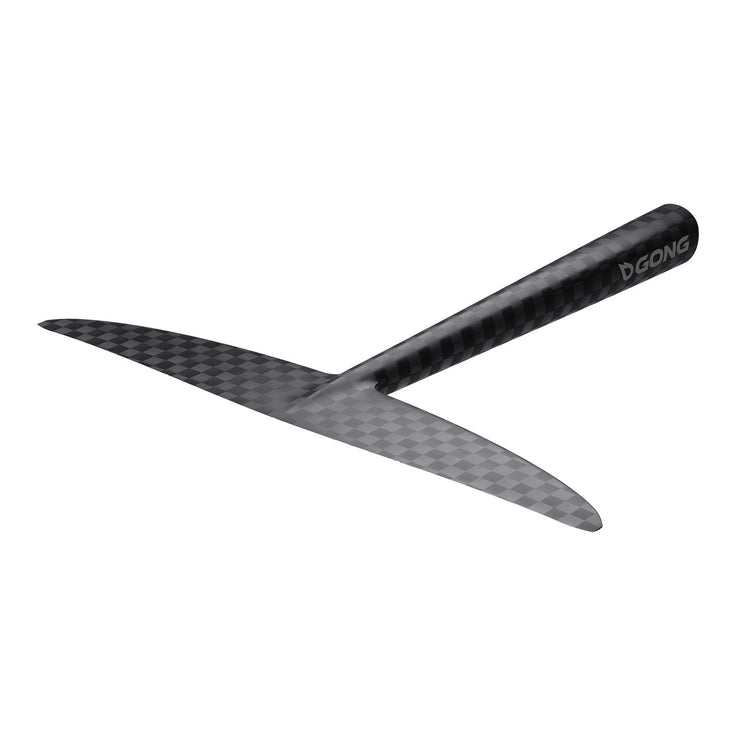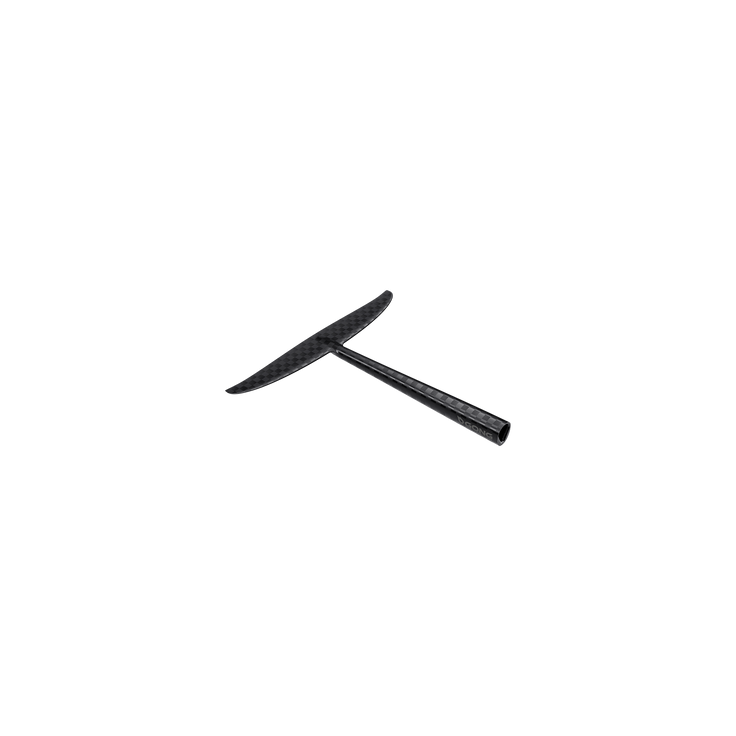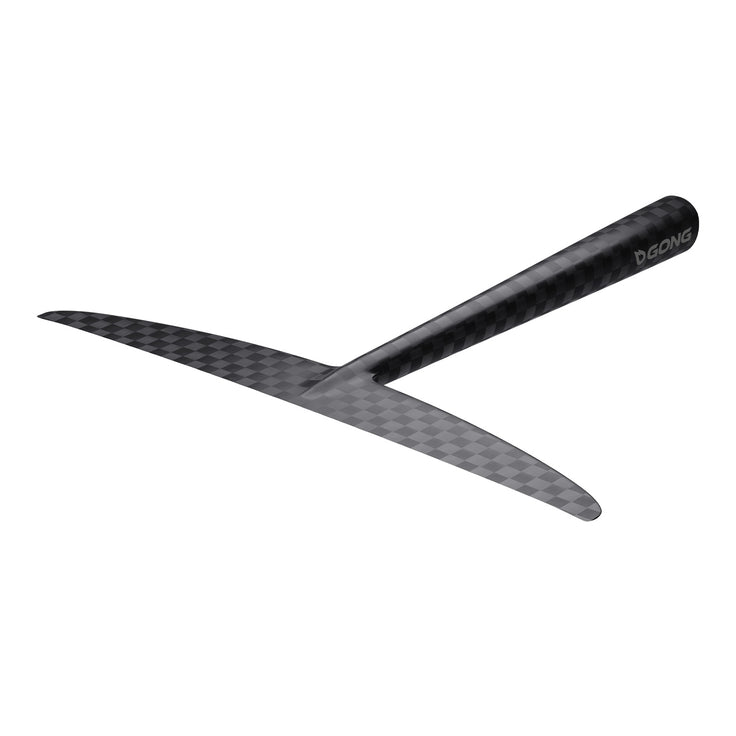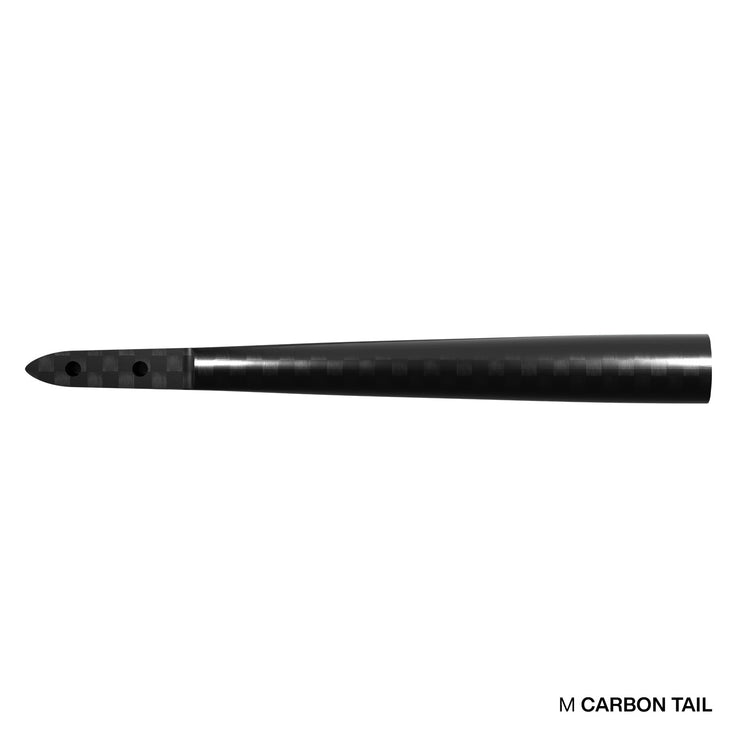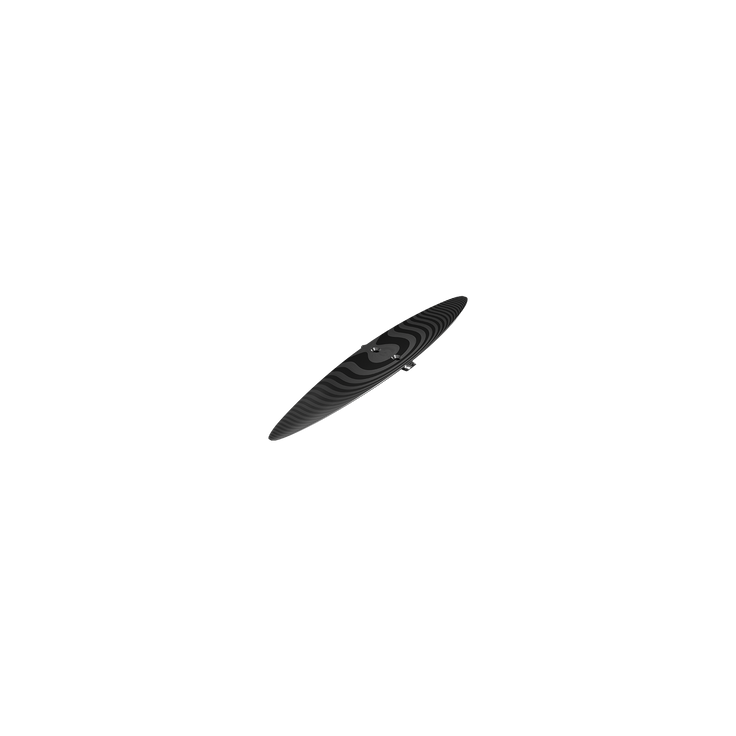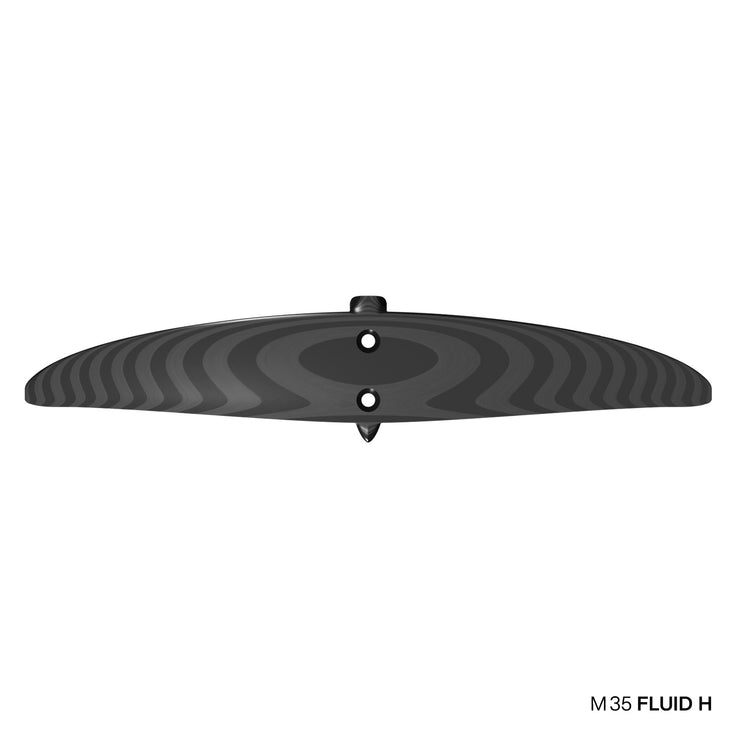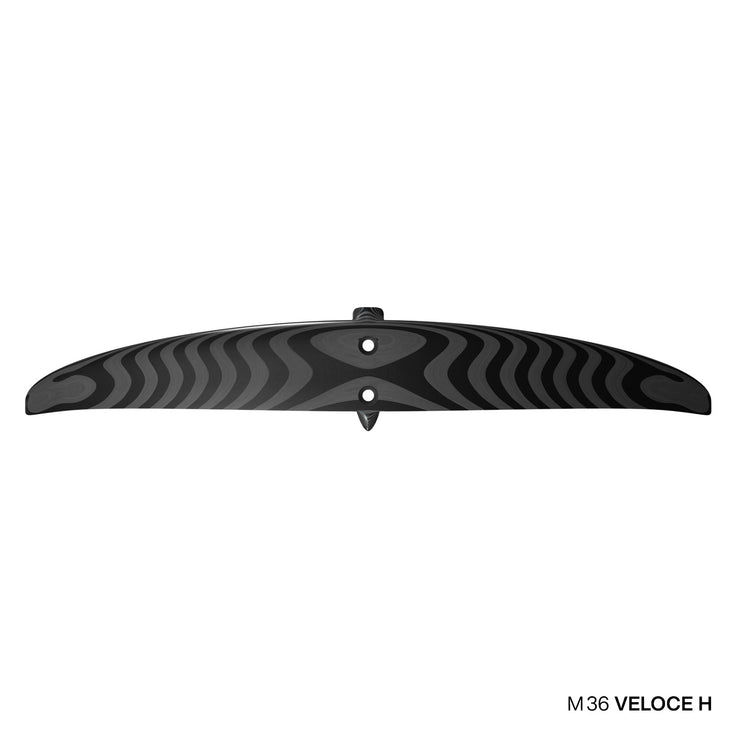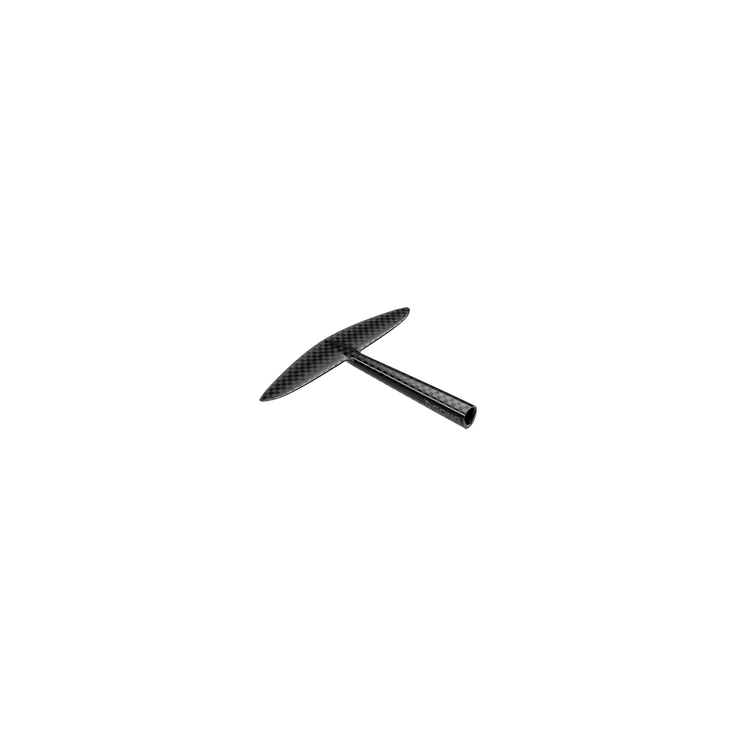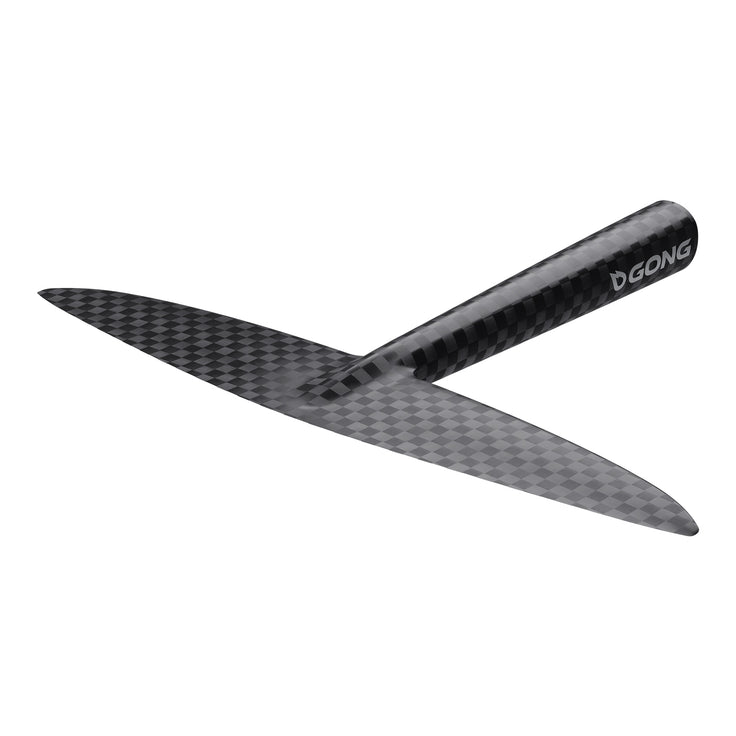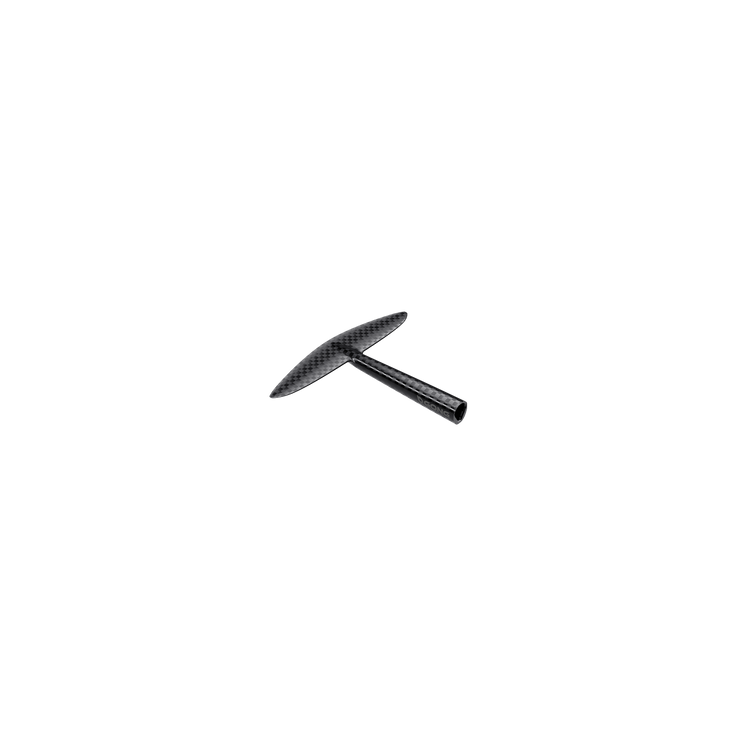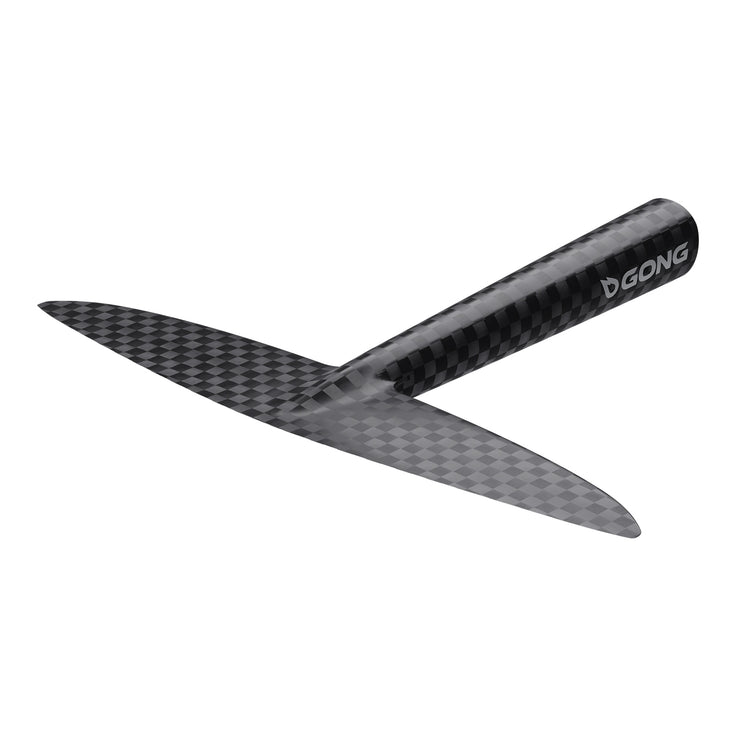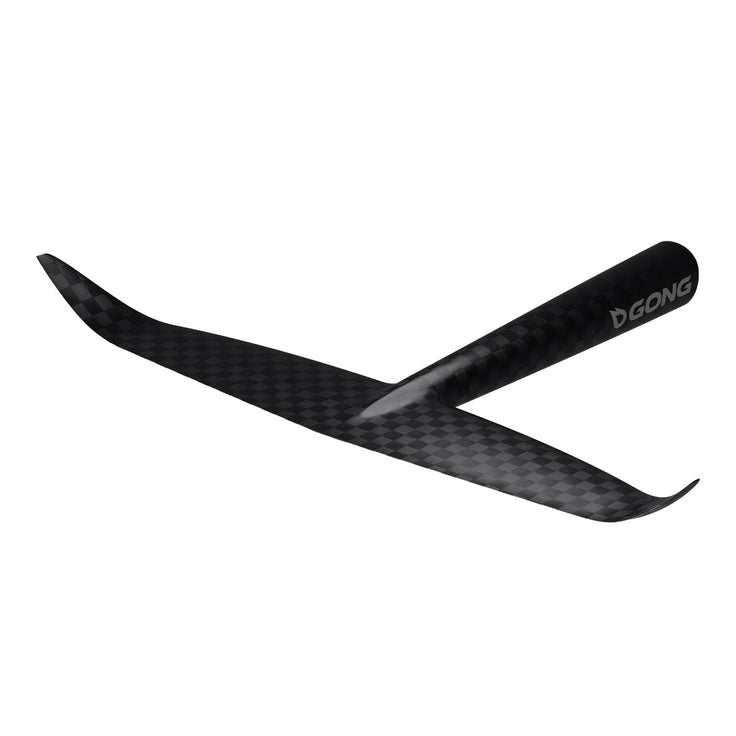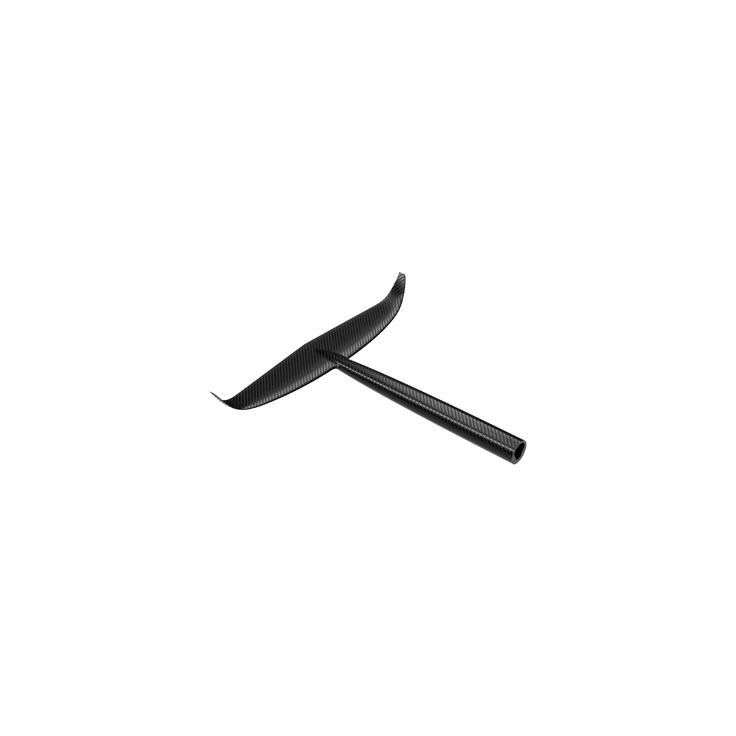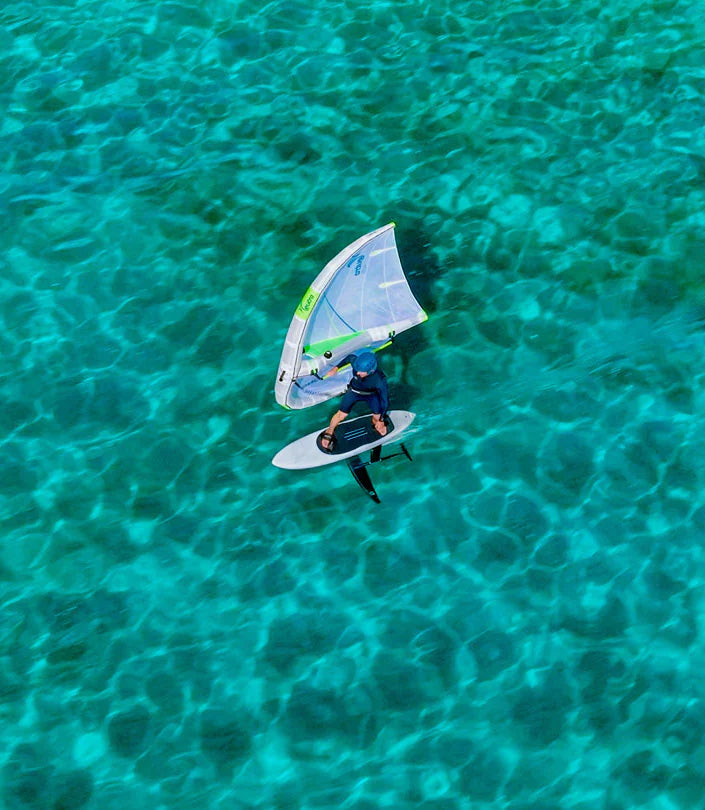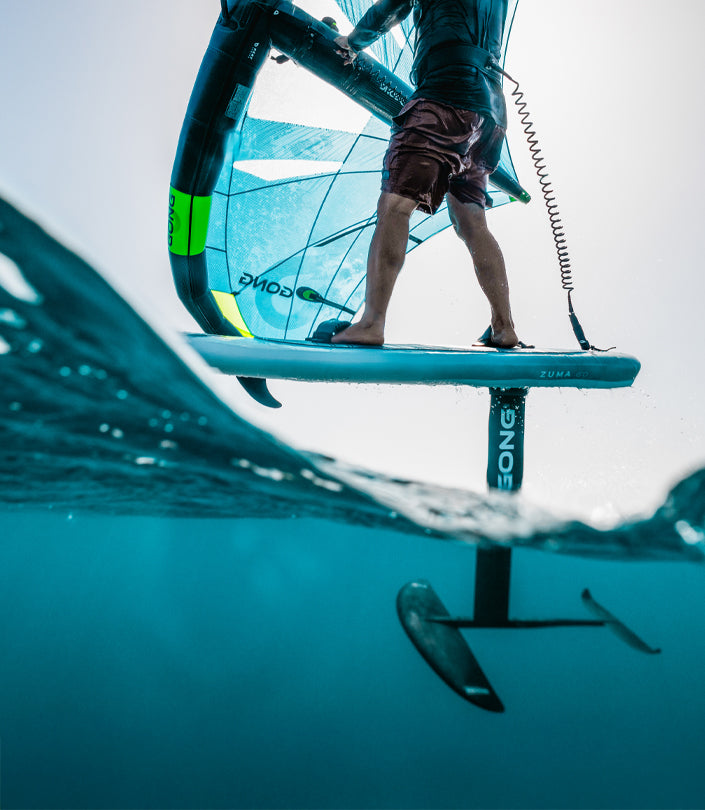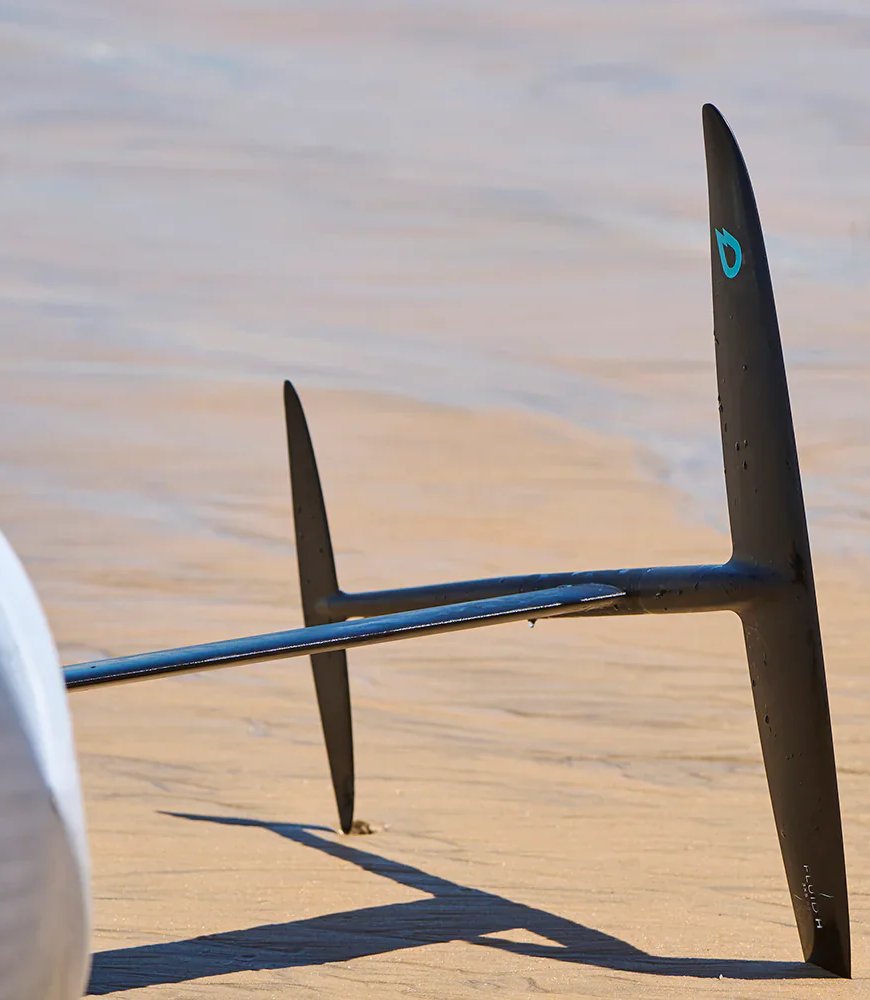Foil spare parts
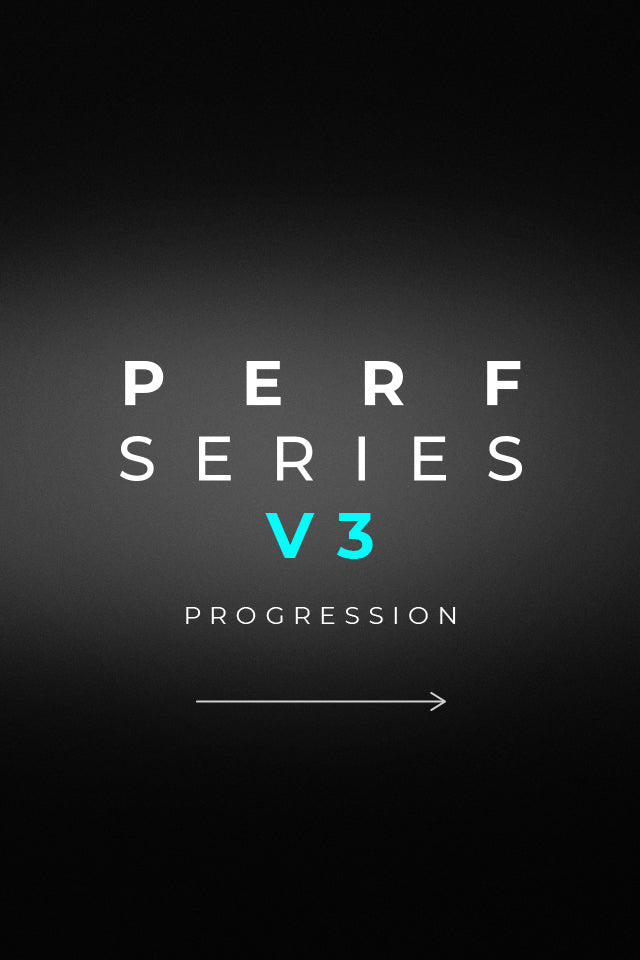
heart
heart-full
heart
heart-full
Foil Stab X-Over V3
The ultra-accessible stab for progressing with confidence.
Regular Price
119€
Sale Price
119€Regular Price
heart
heart-full
heart
heart-full
Foil Stab Ascent V3
The allround stab for rapid progression.
Regular Price
129€
Sale Price
129€Regular Price
heart
heart-full
heart
heart-full
Foil Stab Curve H V3 FG
The stab that combines lift, maneuverability and control.
Regular Price
129€
Sale Price
129€Regular Price
heart
heart-full
heart
heart-full
GONG Foil Stab Fluid H V3 FG
The maneuverable, fluid and fast stab.
Regular Price
129€
Sale Price
129€Regular Price
heart
heart-full
heart
heart-full
Foil Stab Trail V3
The super easy pumping stab.
Regular Price
129€
Sale Price
129€Regular Price
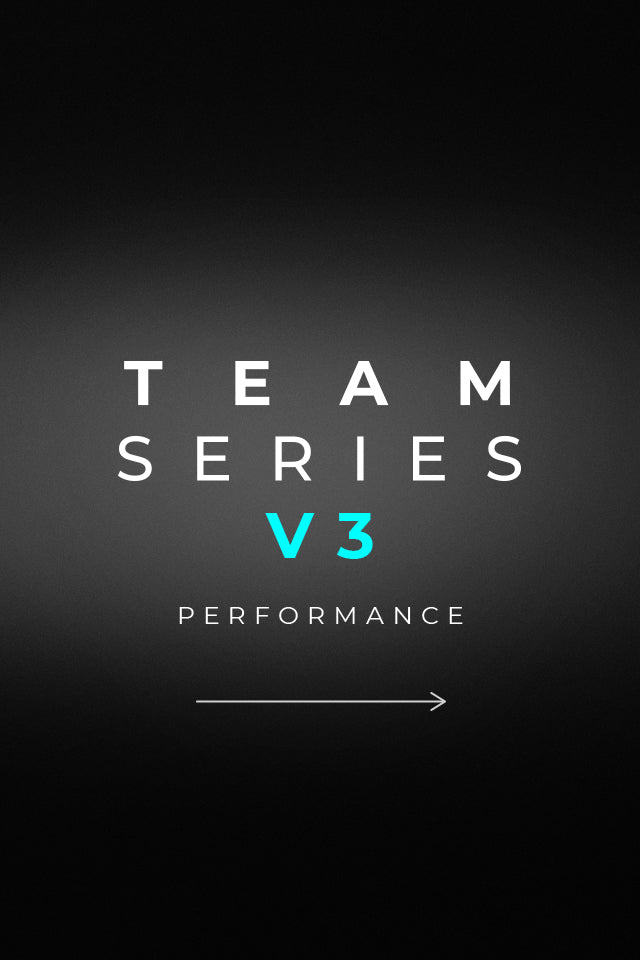
heart
heart-full
heart
heart-full
Foil Stab Curve H V3
The stab that combines lift, maneuverability and control.
Regular Price
169€
Sale Price
169€Regular Price
heart
heart-full
heart
heart-full
Foil Stab Fluid H V3
The high-performance stab that combines maneuverability, speed and glide.
Regular Price
169€
Sale Price
169€Regular Price
heart
heart-full
heart
heart-full
Foil Stab Veloce H V3
The high-performance stab that maximizes glide and speed.
Regular Price
169€
Sale Price
169€Regular Price
heart
heart-full
heart
heart-full
Foil Stab Carbon Tail V3
Universal carbon shaft to customize your foils.
Regular Price
129€
Sale Price
129€Regular Price
heart
heart-full
heart
heart-full
Tail Wing Curve H V3
Removable tail wing combining lift, maneuverability, and control.
Regular Price
99€
Sale Price
99€Regular Price
heart
heart-full
heart
heart-full
Tail Wing Fluid H V3
Removable tail wing that combines maneuverability, speed, and glide.
Regular Price
79€
Sale Price
79€Regular Price
heart
heart-full
heart
heart-full
Tail Wing Veloce H V3
Removable tail wing designed for maximum glide and speed.
Regular Price
89€
Sale Price
89€Regular Price
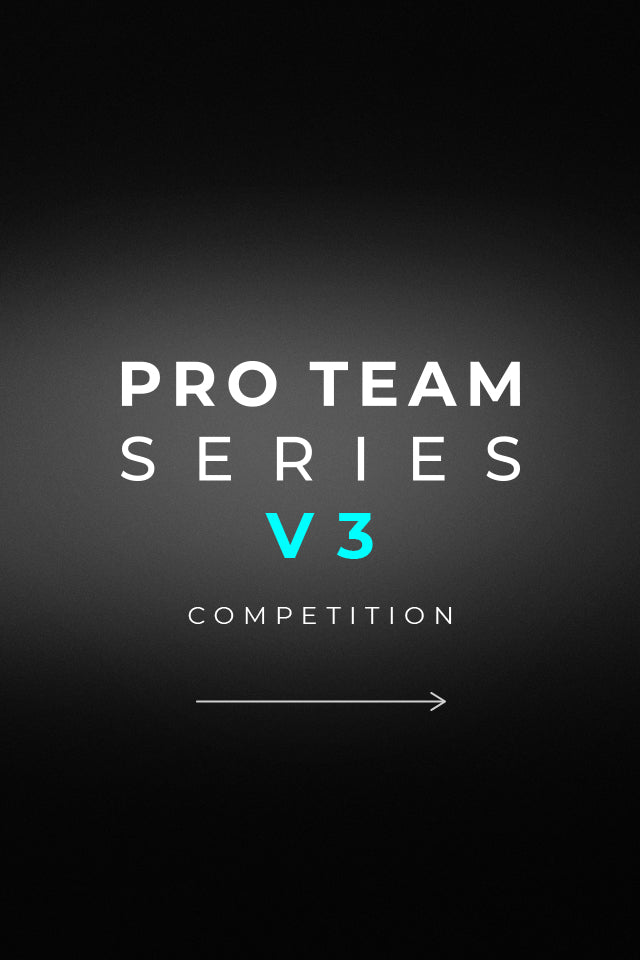
heart
heart-full
heart
heart-full
Foil Stab Ypra Surf-Freestyle V3
A stab designed for committed freestyle moves and a radical surfing style.
Regular Price
169€
Sale Price
169€Regular Price
heart
heart-full
heart
heart-full
Foil Stab Ypra Freestyle V3
The ultimate range of stabs for excelling in freestyle: pop, responsiveness, ...
Regular Price
169€
Sale Price
169€Regular Price
heart
heart-full
heart
heart-full
Foil Stab Ypra Slalom V3
The supersonic stab that feels magic in turns.
Regular Price
169€
Sale Price
169€Regular Price
heart
heart-full
heart
heart-full
Foil Stab Ypra Race V3
The ultimate stab for dominating in Race.
Regular Price
189€
Sale Price
189€Regular Price
